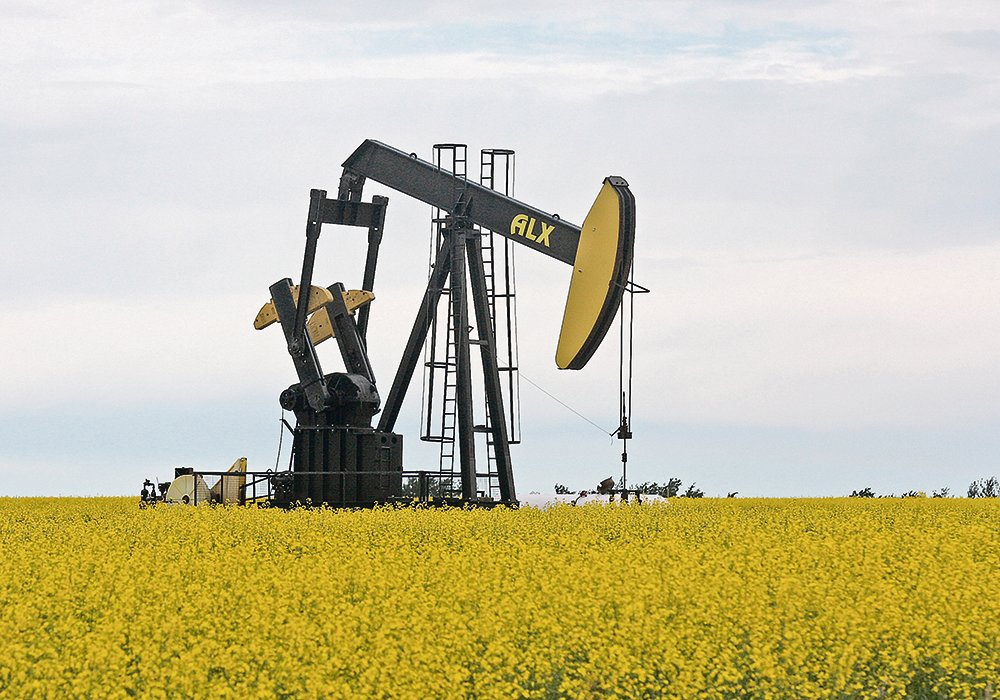We are constantly being told that wind and solar power are cheaper than fossil-fuel power if you add up the true costs of using each type.
These arguments have always been dubious on their merits, if not outright disingenuous. Yes, the wind is free and the sunshine is free, but nothing about capturing either one for useful work is anything like free.
In fact, common sense and a growing body of evidence suggest that both wind and solar power will be far more expensive than fossil fuel alternatives and do a great deal of environmental damage on their own merits.
Read Also

Downturn in grain farm economics threatens to be long term
We might look back at this fall as the turning point in grain farm economics — the point where making money became really difficult.
At the most fundamental level, these power generators sit on land — lots and lots of land — most of which is not free. Even if used strictly for wilderness, land provides society with massive benefits (they are called “ecosystem services”) such as maintaining wildlife, offering protective buffers against weather and climate fluctuations, purifying and controlling local air and water flows, and all that good stuff.
When it comes to land, one would have hoped by now that environmental advocates (of all people!) should have learned that land is never free. Neither is the transport of wind or solar power free nor is the technology to capture wind power and solar power.
But still more awkward is the fact that wind and solar power is unlikely to follow the optimistic cost-curve declines that we’ve been promised over the years. A recent article on solar photovoltaic power by Jonathan Gifford at pv magazine suggests that the cost curve promises are coming to a halt.
Gifford quotes a senior executive with a large solar power system producer who explains that, while solar component costs have been in decline for about six years, the easy days are behind us. He observes that manufacturing constitutes only 30 per cent of photovoltaic module manufacturing costs, while material inputs such as silver, copper, aluminum and glass for solar power systems now constitute 70 per cent of input costs. And those costs are all going up.
Further, Gifford’s article says, the transportation costs of the inputs for solar photovoltaic module manufacturing and delivery have also been rising dramatically.
“Container shipment costs are eight times higher from Shanghai to ports in the United States and Europe in 2021 than they were in 2020, according to several sources.”
For module shipments, Rystad, the solar photovoltaic producer quoted above, concludes that shipping prices have increased 500 percent from September 2019 to October 2021.
The idea that society could windmill and solar panel its way out of fossil fuels and into a carbon-neutral future that is both affordable and can produce sufficient energy to maintain a prosperity-generating economy is, and always has been, based on highly flawed thinking.
When considering input costs for energy production, switching to energy generation that requires a multitude of scarce material inputs of highly variable price is not a recipe for a lower-cost energy future.
On the contrary, prices for goods based largely on scarce materials and highly variable input costs are likely to grow over time.
If Canada continues on the path of phasing out reliable, affordable fossil-fuel energy for scarce, expensive and unreliable “renewables” such as wind and solar power, Canadians can look forward to enduring or adapting to whatever climate change may be in store with less wealth, and less power to weather the changes.
Kenneth Green is a senior fellow at the Frontier Centre for Public Policy. This article first appeared on the Troy Media website.

















